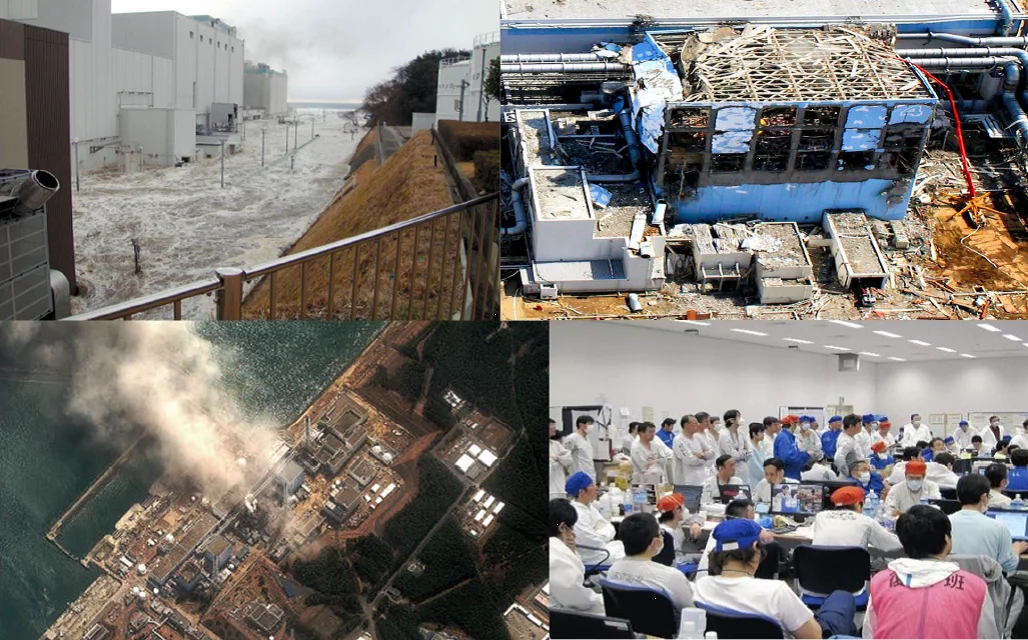In March 2011 a major accident occurred at the Fukushima Daiichi nuclear power station, triggered by an extremely strong earthquake and the subsequent tsunami on the eastern coast of Japan. During the next days, devastation of the local area due to the flooding meant that vital power supplies were unavailable and other services were disrupted. The loss of power meant that vital safety equipment did not function as designed and recovery operations were severely hindered. During the accident, three units of the nuclear power plants suffered extensive damage to the reactors and buildings. It is widely believed that all three reactor cores experienced some melting, although the extent is as yet unknown. The consequent release of radioactive material meant that a large area surrounding the accident site had to be evacuated.
Paul Scherrer Institute (PSI) is taking part in an Organisation for Economic Cooperation and Development (OECD) project, Benchmark Study of the Accident at the Fukushima (BSAF) to reconstruct the events that occurred in March 2011. Eleven institutes from eight countries are participating. PSI is performing simulation of Unit 3, using the MELCOR code developed in the USA for simulation of whole plant accidents and made available to PSI via cooperative exchange agreement with the US Nuclear Regulatory Commission (NRC). The simulation task is a challenging one because only limited measurement data exist about the conditions inside the reactors. PSI participation in the project is supported by ENSI.
One of the important expected outcomes is an evaluation of the likely end-state of the reactor core which will help the owner of the damaged plant, the Tokyo Electric Power Company (TEPCO) to plan the removal of components from the reactor containment and the final decontamination. The exercise will advance the understanding of severe accident phenomena and contribute to further refinement of the computer models used to perform the simulations. The exercise will continue until September 2014. Toward the end, the results by each of the participants will be discussed at a joint meeting, with a view to formulating a collective view of the accident sequences and reactor end-states.
Analysis of the accident in the Fukushima Daiichi nuclear power station Unit 3 with MELCOR_2.1
L.Fernandez-Moguel, J.C.Birchley
Annals of Nuclear Energy 83, 193-215 (2015)
DOI: 10.1016/j.anucene.2015.04.021


